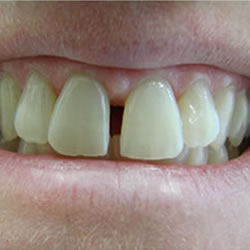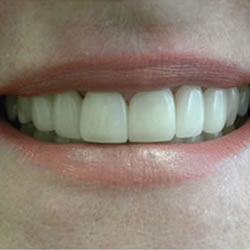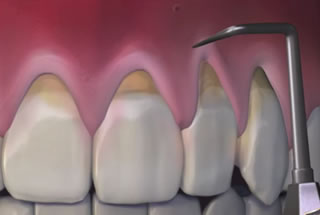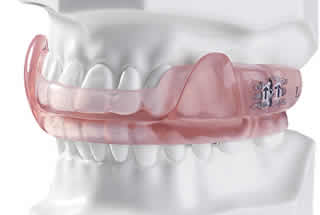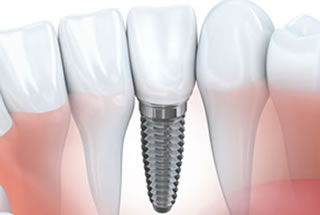With current advances in dental technology, root canal treatment can save your natural tooth and allow it to remain functional for years. Root canal treatment is required to save your tooth when the living pulp inside it becomes infected or inflamed. Infection is then easily able to spread and affect the bone surrounding the tooth. When the infected pulp is removed, and the canals cleaned and treated, they become less prone to future infections.
You may wonder how a natural tooth can survive after losing the pulp that exists to keep it alive. Your tooth is attached to your bone by a living periodontal membrane, which allows the tooth to continue to function through the root canal system even without its original pulp tissue.
The sooner a diseased or damaged tooth is treated, the better the result. Studies have shown increased endurance of root canal fillings when the infection has been treated early and not allowed to advance into the bone. It is important to get treatment as soon as you are aware of the problem. This procedure includes having the tooth repaired with a permanent crown or filling after the root canal has been treated.
Studies have also shown a considerable connection between age and a tooth’s resistance to fracture. With aging, teeth usually become increasingly brittle and therefore have a greater propensity to fracture. Back teeth, which sustain more biting force, are especially susceptible. For this reason, it is important to protect teeth that have undergone root canal treatment with crowns. Protecting these teeth from unnecessary stress will extend their longevity.
It is always preferable to keep your natural teeth. Root canal treatment provides a long-lasting solution to having your teeth removed or replaced. With proper care, your root canal fillings and restorations will last for decades or even a lifetime.

 E-Mail Us
E-Mail Us  416-595-5490
416-595-5490